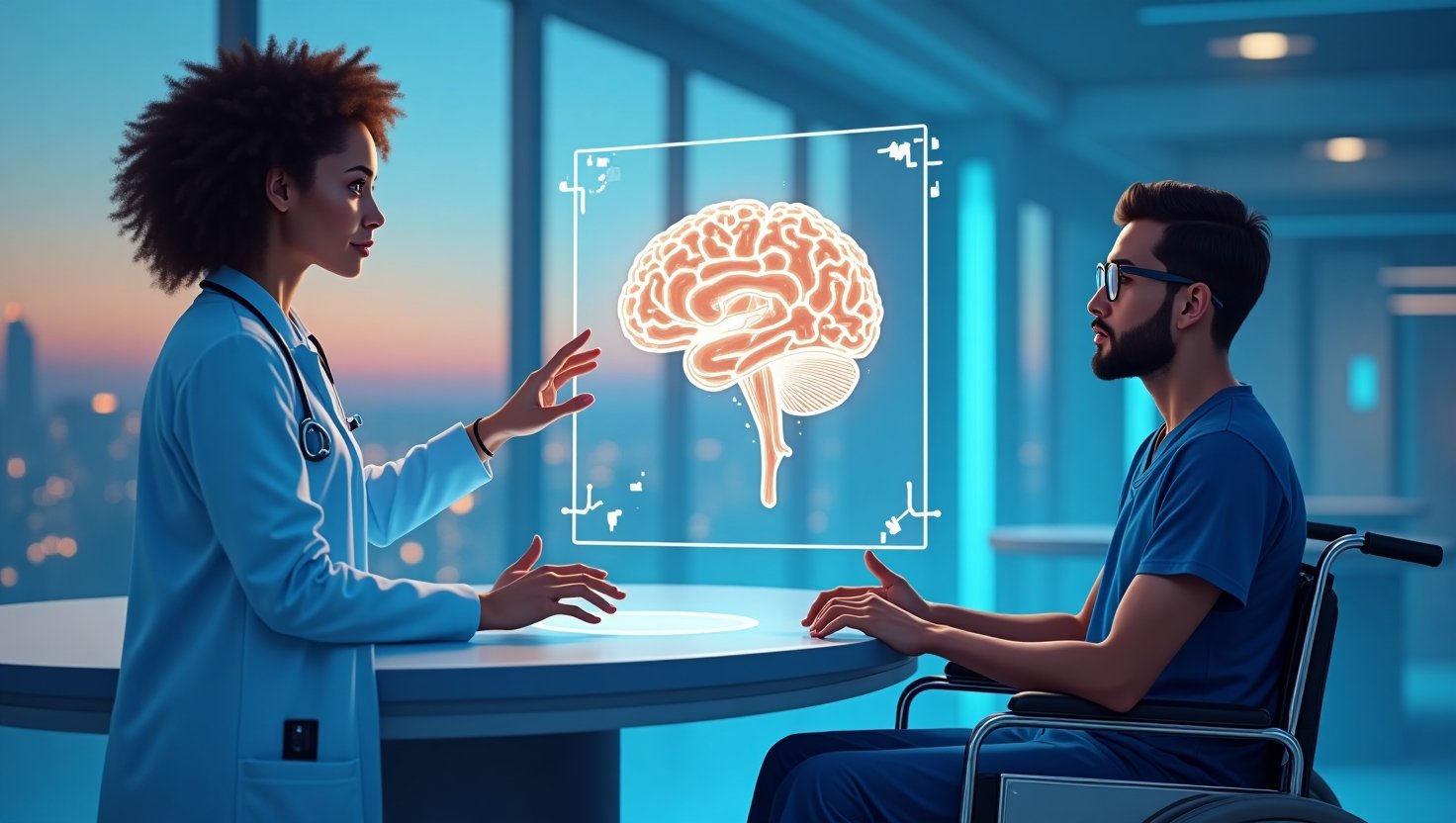How AI in Medical Diagnostics is Revolutionizing Healthcare
Introduction
In recent years, Artificial Intelligence (AI) has emerged as a transformative force in multiple sectors, with its application in medical diagnostics proving particularly revolutionary. The integration of AI stands to reshape how healthcare providers diagnose diseases, interpret medical images, and customize patient treatment plans. By enhancing precision and reducing diagnostic errors, AI in medical diagnostics is set to redefine the landscape of healthcare delivery, making it more efficient and patient-centric.
Background
For centuries, medical diagnostics relied heavily on the manual skills of physicians and lab technicians. With the advent of technology, medical practices began to see a gradual shift towards more instrument-assisted methods. Technologies like MRI and CT scans modernized the field, yet they still demanded significant manual interpretation and intervention.
The introduction of AI healthcare practices marks a pivotal departure from traditional diagnostic methods. For instance, iPhone technology is paving the way for more accessible innovations in this domain. The compact powerhouses that we carry in our pockets every day are now being equipped to handle complex tasks like blood analysis, traditionally reserved for large and expensive laboratory equipment. This evolution signifies a critical turning point in the history of diagnostics, where the barriers of cost and accessibility are being systematically dismantled.
Current Trends
Across the globe, AI in medical diagnostics is pushing boundaries, offering new solutions that promise both efficiency and accuracy. Recent trends signify a substantial leap in the synergy between mobile devices and AI applications. One of the most notable applications includes the integration with iPhones to facilitate diagnostics, notably in blood analysis. Mobile technology is no longer just for communication but serves as a critical tool in healthcare – imagine a nurse conducting a sophisticated blood cell analysis right from an iPhone.
Advancements in AI are making sophisticated processes like automatic cell counting and pathology slide interpretation possible on devices that fit in our hands. Through neural networks and machine learning, these applications can analyse patterns and anomalies, thereby providing almost instantaneous diagnostic insights.
Insights from Recent Innovations
One remarkable leap in this domain is highlighted in a recent innovation where an iOS application transforms a standard lab microscope into a robotic one armed with AI capabilities. This application, developed by celly.ai with contributions from experts like Ansar Zhalyalov, brings AI into action through blood cell recognition and automates an otherwise labor-intensive process (source: Hackernoon). The app’s ability to couple with an iPhone to conduct blood smear analysis effectively demonstrates how AI can make high-quality diagnostics more affordable and accessible.
Industry leaders emphasize that even older model smartphones can now perform tasks that once required extensive desktop computing power or costly machinery. This shift towards democratizing access to quality diagnostics holds the potential to bring advanced healthcare capabilities to underserved regions, aligning closely with global health equity goals.
Future Forecast
Looking ahead, the potential for AI in medical diagnostics appears boundless. Over the next 5-10 years, we can expect AI to further integrate into routine healthcare operations, honing diagnostic accuracy and personalizing treatment plans. AI could facilitate even earlier detection of diseases, improving outcomes by enabling preventive care.
Moreover, as AI systems continue learning and evolving, the technology will likely transcend current limitations, providing innovative solutions for rare diseases and complex conditions. The growing use of AI in this field will undoubtedly contribute to more expedient and comprehensive patient diagnoses, improving overall healthcare accessibility.
Call to Action (CTA)
As AI continues to penetrate the field of medical diagnostics, healthcare professionals and patients alike stand to gain substantial benefits from this technological revolution. To stay abreast of these advancements, engage with ongoing research and discussions surrounding AI in healthcare. By acknowledging these changes, individuals and institutions can better adapt to and harness the full potential of AI in enhancing patient diagnostics.
For more insights on how AI is reshaping diagnostics, explore additional resources and stay informed about the ongoing technological jouney transforming healthcare.
Related Article: Find out more about the iOS application turning iPhones into microscopes for blood analysis on Hackernoon here.

